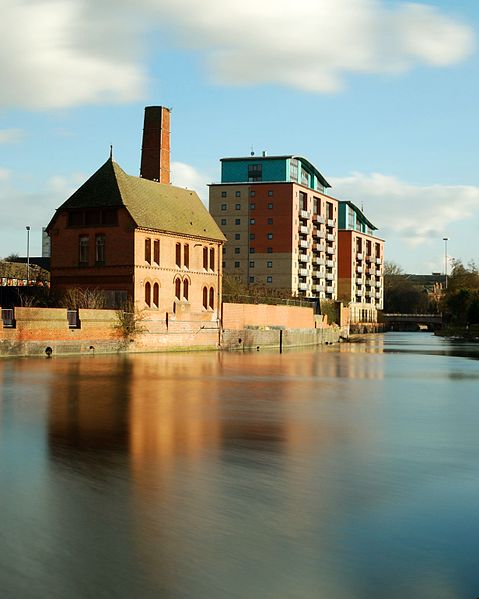

Due to the excellent transport links provided by the Grand Union Canal, the Hosiery industry was able to expand rapidly.
Many of these factories however soon outgrew themselves, moving to new larger sites, which vacated space for other trades such as boot and shoe manufacture, printing or box making. Railway competition in the nineteenth century reduced canal profits.
This was the beginning of the end for many of the companies who owned the canals; several of these companies converted their canals to railways while many of the others were bought out by railway companies looking to expand their businesses.
With the decline of industry in the 1960s, the warehouses and factories which were once the core of Leicester’s economy had fallen into dereliction.
Leicester City Council has made a move towards re-developing the waterfront. Offering one of the most exciting waterside regeneration opportunities in the country.
The Leicester Regeneration Company began building luxury waterside apartments in 2005. to enhance the areas aesthetic values. Research suggests that people’s desire to reside on the waterfront and enjoy recreation offered by the canal is upset by “visually unattractive features, such as run-down derelict areas and poor design.
The re-development plan has included the building of the King Power stadium, home to Leicester City F.C., along the canal in 2002, “from a barren, desolate piece of waste-ground has risen a stunning futuristic collaboration of steel and glass that dominates the skyline of Leicester.
There is also a city centre mooring for visitors at Castle Garden.
